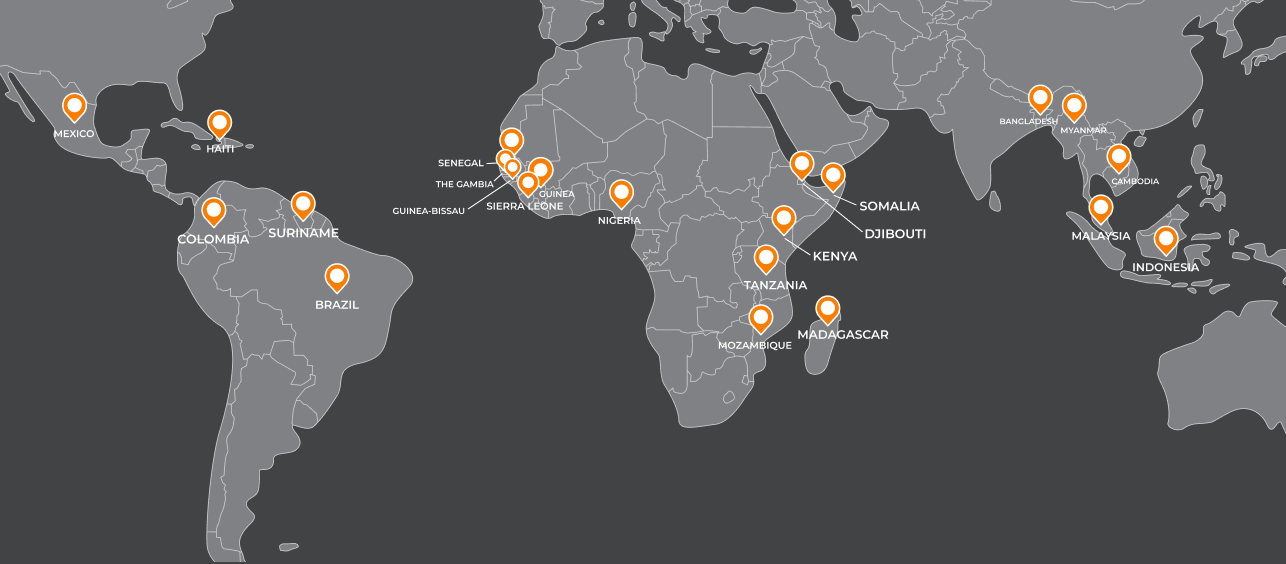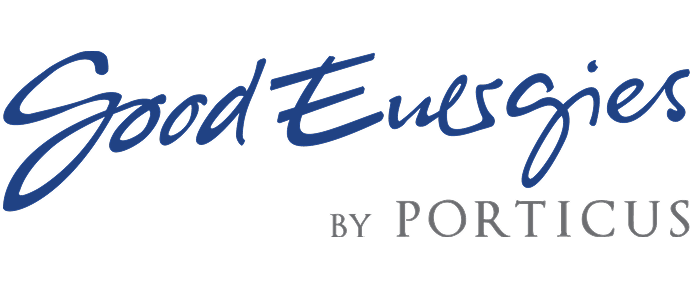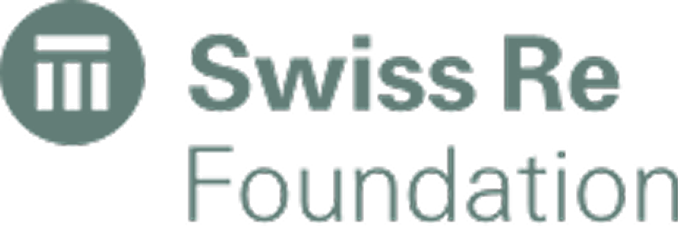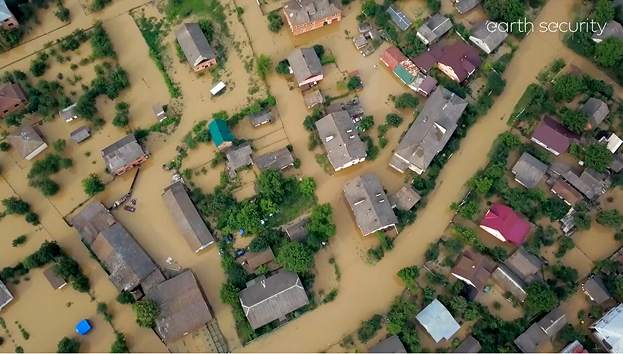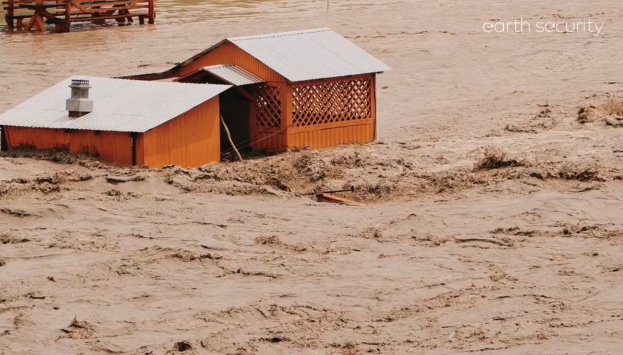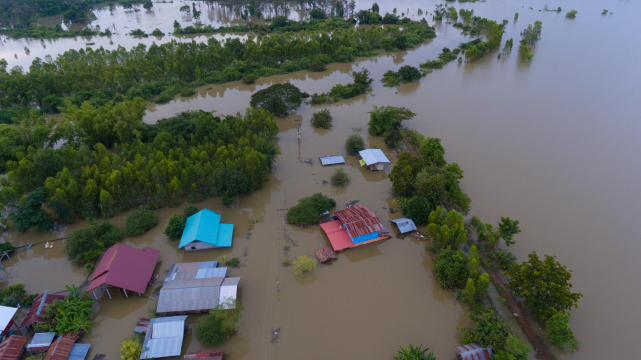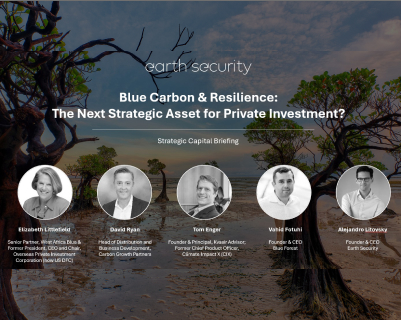The article was written by GreenBiz and has been reproduced with the permission of the author.
By RP Siegel, February 7, 2018
The Sustainable Development Goals (SDG) hold great possibilities for businesses. While perhaps the largest audience for the SDGs are government entities, businesses can contribute in three important ways: as engines of employment; through technological innovation; and as sources of finance.
That's according to WBCSD directors Filippo Veglio and James Gomme, who moderated a GreenBiz tutorial on the topic run mostly by members of the World Business Council for Sustainable Development on Tuesday at GreenBiz 18 in Phoenix.
To realize these possibilities, of course, businesses must desire to engage with the Global Goals, as the SDGs are also known, and to embrace them as part of their identity and strategic vision. Those that do so likely recognize the risks of inaction or see the opportunity in being proactive.
Risks include operational risk, regulatory risk, reputational risk or risks of market disruption. Risks were elaborated by Jilene Connor Belopotsky of Earth Security Group, a consultancy that helps companies focus on the most material or relevant SDGs goals and targets. Recent trends associated with the encroachment of planetary boundaries are forcing companies to think more systematically than ever before, she said.Businesses that incorporate the Global Goals usually begin by using them as outputs, as a way to highlight what they are already doing.Opportunities, on the other hand include: new markets; enhanced reputation; staying ahead of the curve; and obtaining a license to operate in various countries. The Business & Sustainable Development Commission’s Better Business, Better World report, which sees a $12 trillion-per-year opportunity, spells out the business case.
"Businesses that incorporate the Global Goals usually begin by using them as outputs, as a way to highlight what they are already doing, that aligns with one or more of the 17 goals. The use of SDGs as inputs, as part of corporate target-setting, tends to come later. Not all goals are material to all businesses."
Opportunities, on the other hand include: new markets; enhanced reputation; staying ahead of the curve; and obtaining a license to operate in various countries. The Business & Sustainable Development Commission’s Better Business, Better World report, which sees a $12 trillion-per-year opportunity, spells out the business case.
Businesses that incorporate the Global Goals usually begin by using them as outputs, as a way to highlight what they are already doing, that aligns with one or more of the 17 goals. The use of SDGs as inputs, as part of corporate target-setting, tends to come later. Not all goals are material to all businesses.
Strategic collaborations also are built around these goals, either at the sectoral or systemic levels. Examples include a sectoral collaboration in the chemical sector, where 12 companies are seeking a common vision and a roadmap. Participating companies said they expect that this will enhance their license to operate, help them manage risk and open new markets. The Food and Land Use coalition is an example of a systemic collaboration.
More companies have shifted away from targeting a broad swath of the 17 SDGs in favor of targeting several key goals, said Abhishek Jain, who works in marketing for Goodera. The startup provides software to help companies pursue the SDGs and other sustainability projects, and was among those exhibiting at GreenBiz 18.Novozymes has broken down the goals into operational tools.A panel of representatives from four companies shared their experiences working with SDGs.
"Novozymes has broken down the goals into operational tools."
A panel of representatives from four companies shared their experiences working with SDGs.
Claus Stig Pederson is CSO of Novozymes, a biotech company operating in 30 industries, providing enzymes and microbes. As early adopters, they used draft SDGs back in 2014 as the basis for their targets. Since then, Novozymes has broken down the goals into operational tools. These are now tied to the innovation pipeline and the current business. While not strictly a scientific tool, it is a science-based business tool.
Sophie Beckham, senior manager of Natural Capital Stewardship at International Paper, said remapping its recent new strategy into the SDGs revealed those goals that are most material. It’s a dynamic, evolving process; Beckham sees the SDGs as the world’s materiality analysis. "Life on land is close to our hearts," she said.
International Paper is involved in a sector-wide road map with the WBCSD's Forest Solutions group; the goal is "to keep working forests as forests."
Sarah Matheson Mihalecz is the sustainability lead at Tata Group. She says that at this point the SDG goal is educational, at the output level. While the group spans many businesses, each with unique challenges and opportunities, a group code of conduct and environmental policy runs across all companies. They systematically track social and natural capital and issue a monthly SDG newsletter. They are involved in numerous partnerships with governments, universities and NGOs. In many cases, people don’t even realize where they are already doing this, she said. And while there are many SDG-related stories, only 15 percent are operational. Mihalecz would like to see more.
Erin Robert is JPMorgan Chase executive director of Sustainable Finance. It has committed $200 billion of finance plus 100 percent renewable energy for its considerable real estate footprint. JPMorgan Chase takes a thematic perspective, with a focus on environmental themes. "What can we quantify?" The company saw three shareholder resolutions. "How do we get ahead of them?" When dealing with carbon-intensive or extractive industries, the bank tries to use the broader narrative to drive the conversation and use its leverage to influence best practices. There is an identified need for $2 trillion per year, but right now, only $600 billion is going in.We need to get to a world where reporting is not the tail that wags the dog.Finally, a session on reporting, featuring Lois Guthrie, director of Redefining Value at WCSD; Juliette Gaussem, senior manager of Guidance & Practice at GRI; and Rodney Irwin, managing director, Redefining Value and Education at WBCSD.
"We need to get to a world where reporting is not the tail that wags the dog."
Finally, a session on reporting, featuring Lois Guthrie, director of Redefining Value at WCSD; Juliette Gaussem, senior manager of Guidance & Practice at GRI; and Rodney Irwin, managing director, Redefining Value and Education at WBCSD.
The reality, said Irwin, is that "we need to get to a world where reporting is not the tail that wags the dog."
Unless the process is fully integrated with your practice, the discrepancies eventually will become obvious.
"Review your strategy in light of SDGs," said Guthrie, "but follow your strategy."
Gaussem reminds us that it’s early days and that we should be speaking in terms of "emerging practices rather than best practices." It’s complicated; she added; most companies don’t understand how they contribute to things such as poverty.
The SDGs provide an opportunity to think out of the box, Irwin said. For example, if you’re selling toilet cleaner, but the population doesn’t have toilets, maybe you can do something about that.
Explore the reports
The Earth Security Index Reports provided in-depth analysis of critical themes across selected industries and market geographies, enabling investors to anticipate and respond to emerging global dynamics. Download and explore the full Earth Security Index reports:






